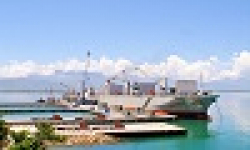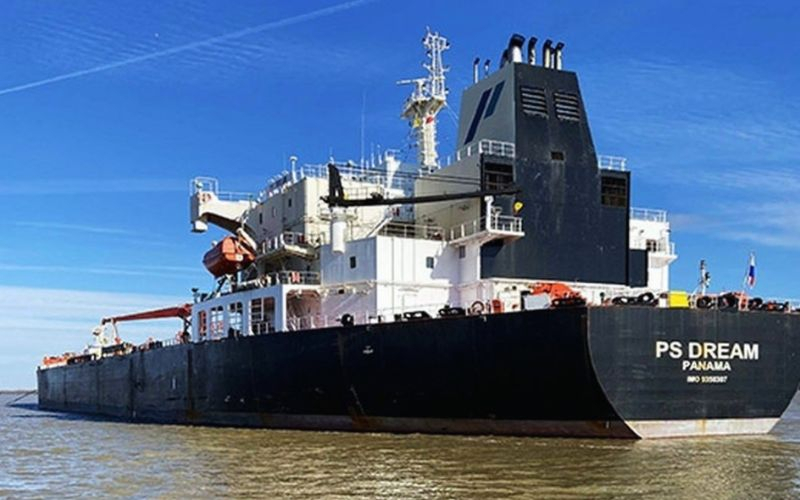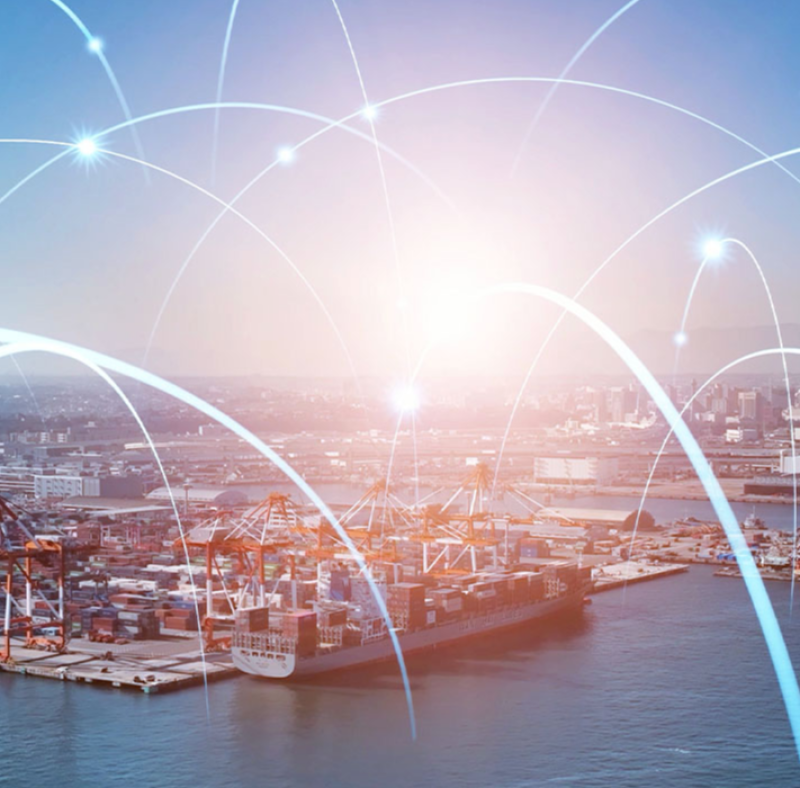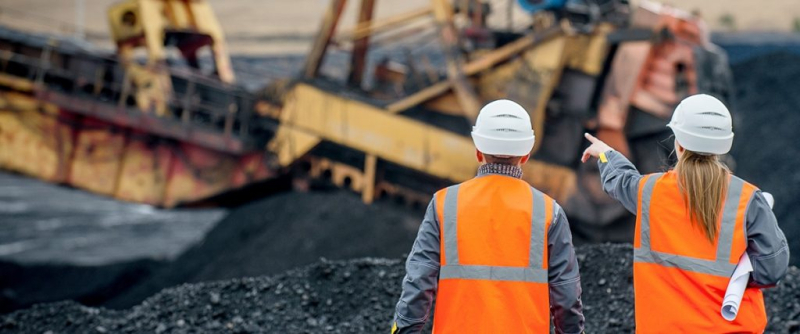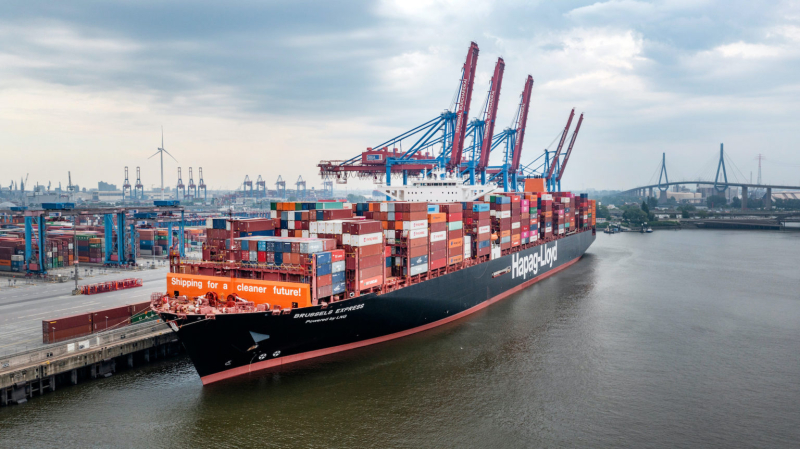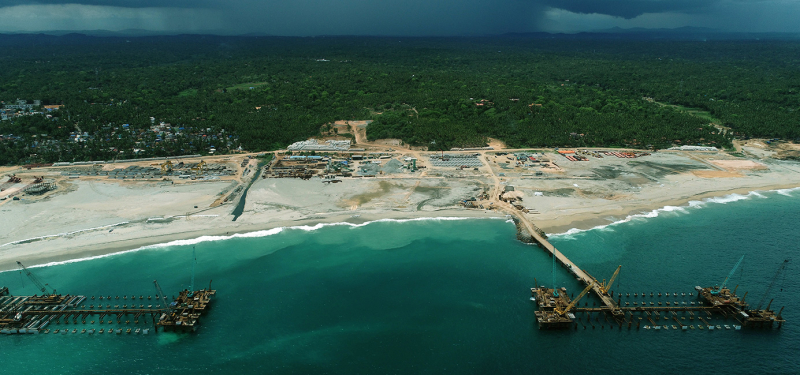 Image Credits: Wartsila
Image Credits: Wartsila
The ship engine manufacturing major Wärtsilä expects to deliver the first ammonia-fueled engine on a new vessel by early 2025, with widespread sales anticipated in the 2030s.
Ammonia is among the several alternative fuels the shippers have been exploring to lower carbon emissions.
The firm launched the first-ever ammonia four-stroke engine for orders in the fourth quarter of 2023, with the first such engine to be delivered early next year on a vessel, said Roger Holm, the president of marine and executive VP at Wärtsilä.
He also added that customers are increasingly interested in alternative fuel engines due to the latest EU regulations. The firm declined to remark on the client and the type of vessel for now.
Holm explained that the ship owners are also becoming more focused on future-proofing fleets and are aware of the evolving regulatory landscape for marine decarbonization.
Consequently, the sales of ammonia engines are expected to rise rapidly before 2030, with the first adoption from significant industry players before becoming more widespread in the 2030s.
He further estimated that green fuels can make up almost 5% to 10% of the international bunker market by 2030 but anticipates “decades” until a significant uptake of green fuels occurs in shipping as restricted production capacity is likely to pose challenges.
The engine tech is there, but the key will be fuel availability. Holm thinks that is the most significant restriction in the uptake of green fuel.
While the methanol-fuelled engines have attained greater traction in recent years, the higher sales of ammonia engines are predicted to take off in the 2030s.
Roger Holm stated that the problem with ammonia is that it requires 3.9 times the (onboard handling) space required of traditional fuels, adding that methanol takes 1.7 times more space.
Holm expects ammonia to catch up in the long run, as its primary benefit is it can be burned without emitting carbon.
Norway is showing the most interest at the moment, and Japan can be a front-runner, per Holm. Ammonia doesn’t comprise carbon but is toxic, so more rigorous safety measures are needed when using it as a marine fuel.



